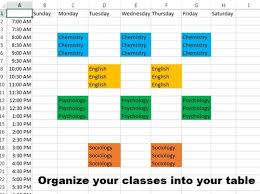
How to Create a Study Schedule?
Creating an effective study schedule is key to staying organized, reducing stress, and improving academic performance. With a little planning and consistency, you can make the most of your study time and avoid last-minute cramming.
1. Assess Your Time and Responsibilities
Start by evaluating your daily routine. Note your fixed commitments—like classes, meals, and extracurriculars. Identify the open time slots where you can realistically fit in study sessions. Be honest about your availability and energy levels throughout the day.
2. Set Clear Goals
Break your subjects into topics or chapters and set specific goals for each study session. Instead of vague tasks like “study math,” try “review algebra formulas” or “complete 5 practice problems.” This keeps you focused and makes progress easier to track.
3. Prioritize and Plan Ahead
Use a weekly or monthly planner to map out your study sessions in advance. Prioritize subjects that need more attention or have upcoming deadlines. Balance your schedule by alternating between different subjects to avoid burnout.
4. Use Time Blocks and Breaks
Follow techniques like the Pomodoro Method—study for 25–30 minutes, then take a 5-minute break. After four cycles, take a longer break. This keeps your brain fresh and helps maintain concentration.
5. Be Flexible and Consistent
Life happens, so allow room for adjustments. If you miss a session, don’t stress—reschedule and move on. The key is consistency, not perfection.




 click and follow Indiaherald WhatsApp channel
click and follow Indiaherald WhatsApp channel